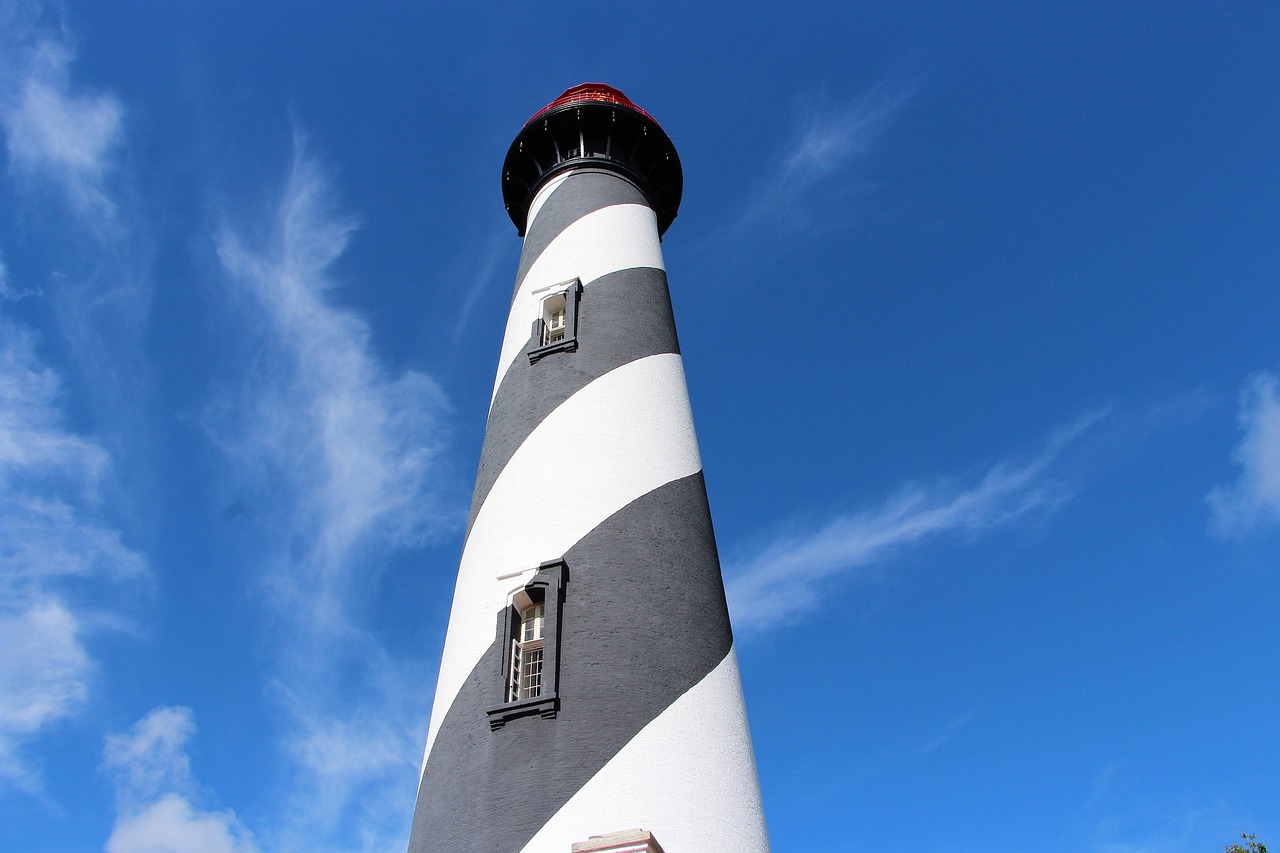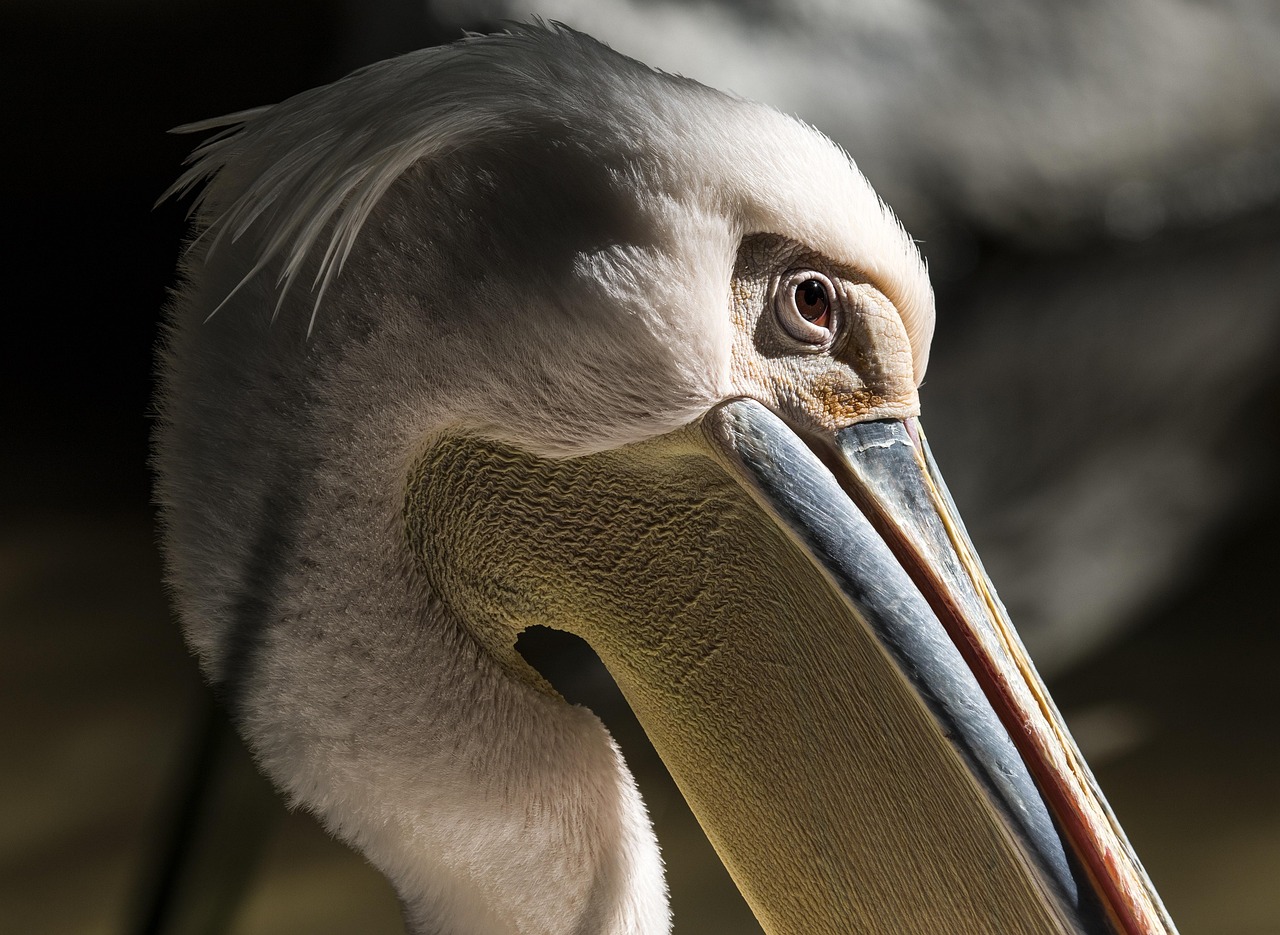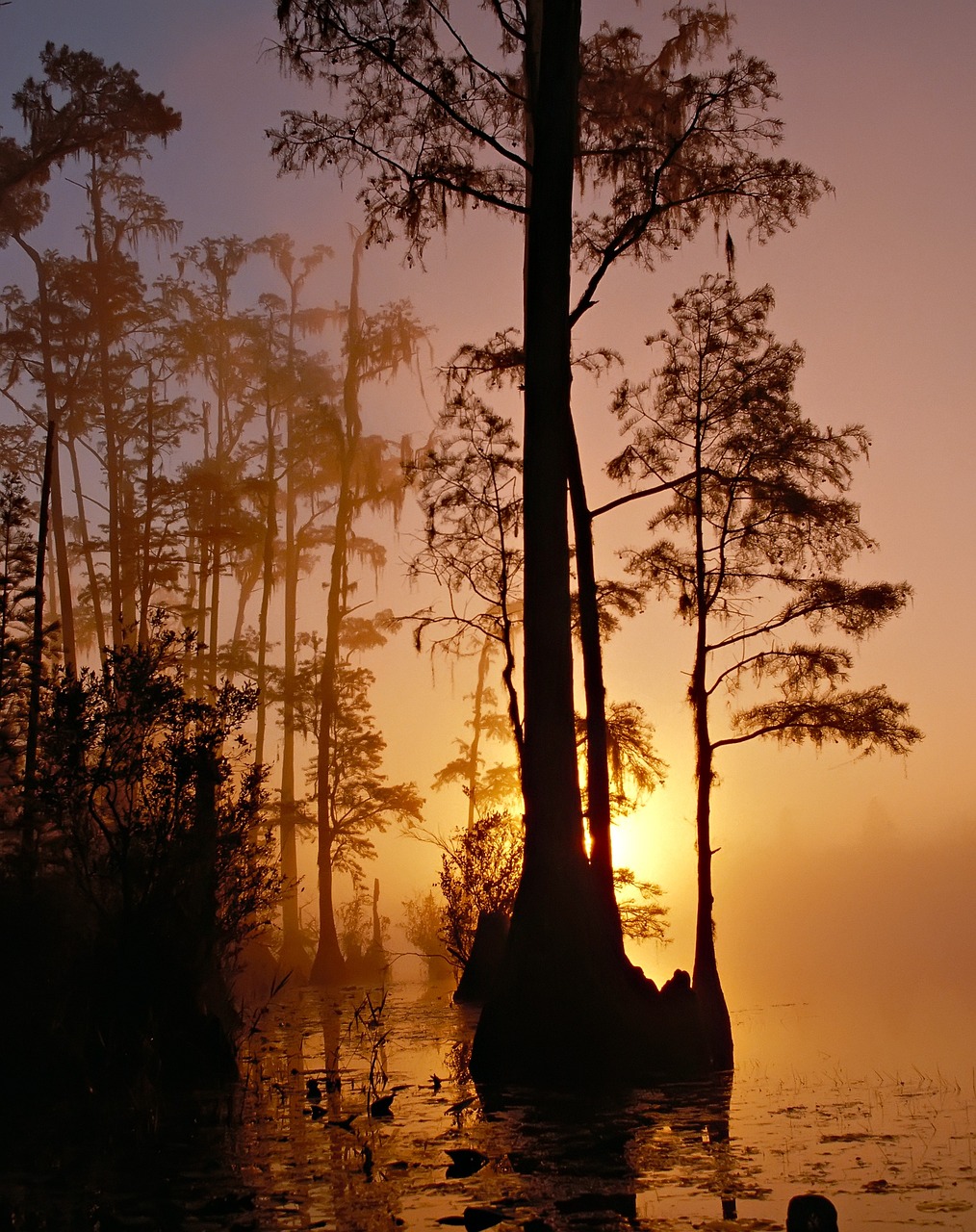Creating a lush garden in Florida is easy and rewarding when you use native plants. These species are well-adapted to the local climate and soil, making them resilient and low-maintenance. In this article, we will explore how to cultivate a beautiful paradise in your backyard using Florida’s native flora.
Florida is home to a diverse range of ecosystems, from coastal wetlands to sandy scrublands. This variety of environments supports a wide array of native plants. Utilizing these species not only enhances the beauty of your landscape but also supports local wildlife, including birds, butterflies, and beneficial insects. Native plants require less water and fertilizer than non-native species, making them an eco-friendly choice for your garden.

Moreover, Florida’s climate, characterized by warm temperatures and seasonal rainfall, creates unique challenges for gardeners. By selecting plants that thrive in this environment, you can achieve a vibrant garden without excessive effort. Familiarizing yourself with the native species will help you choose plants that will flourish year-round.
Understanding Florida’s Native Plant Species
Florida’s native plants can be categorized into several groups based on their habitat and characteristics. Here are some key categories:
- Wetland Plants: These plants thrive in areas with high moisture, such as marshes and swamps.
- Upland Plants: Found in drier areas, these species are adapted to sandy or rocky soils.
- Coastal Plants: These plants are salt-tolerant and typically grow in seaside environments.
- Forest Plants: These species flourish under the canopy of trees in the state’s varied forests.
Each category includes numerous species suited for home gardens. Understanding these categories will help you select the right plants for your specific location and conditions.
Here are some popular native plants you might consider for your garden:
| Plant Name | Type | Sun Requirement | Bloom Time |
|---|---|---|---|
| Purple Coneflower | Flowering | Full Sun | Summer |
| Palm Warbler | Shrub | Partial Shade | Spring |
| Coontie | Shrub | Full Sun to Partial Shade | Year-round |
| Cabbage Palm | Tree | Full Sun | N/A |
| Firebush | Shrub | Full Sun | Summer to Fall |
Selecting the right plants is only part of the equation. You also need to consider factors such as soil type, drainage, and exposure to sunlight. Conducting a soil test can provide valuable information about nutrient levels and pH, allowing you to amend your soil accordingly for optimal plant health.
In addition to their aesthetic appeal, Florida native plants play a crucial role in supporting local ecosystems. They provide habitats for various wildlife species and promote biodiversity. When you choose to plant natives, you are contributing to the overall health of your local environment.
As you plan your garden, think about incorporating layers of plants to create depth and visual interest. Combine tall plants at the back with medium and shorter varieties towards the front. This method not only enhances the beauty of your landscape but also allows for better sunlight exposure for all plants involved.
By choosing Florida native plants, you can create a thriving garden that requires minimal maintenance while attracting a plethora of wildlife. With careful planning and consideration, transforming your outdoor space into a Sunshine State paradise is achievable and rewarding.
Choosing the Right Native Plants for Your Garden
When planning your garden, it is essential to select native plants that not only complement each other but also thrive in your specific environment. Different regions in Florida feature varying climates and microhabitats. Understanding these differences will help ensure the success of your garden design.
Assessing Your Garden’s Conditions
Before making selections, evaluate the conditions of your garden space. Consider the following factors:
- Sunlight: Determine how much direct sunlight your garden receives throughout the day. Classify areas as full sun, partial shade, or full shade.
- Soil Type: Identify whether your soil is sandy, clayey, or loamy. Each type has different drainage and nutrient characteristics.
- Moisture Levels: Assess how wet or dry your garden tends to be. Some plants prefer consistently moist conditions, while others thrive in drier environments.
- Space and Layout: Measure the available space and consider how you want to arrange the plants. Think about both height and spread when planning.
Popular Native Plant Choices
Here are some popular native plants suited for various conditions in Florida gardens:
Full Sun Plants
- Black-eyed Susan (Rudbeckia hirta): A hardy perennial with bright yellow flowers that attract pollinators.
- Tickseed (Coreopsis): Known for its cheerful blooms, this plant is drought-tolerant and blooms from spring to summer.
- Lantana (Lantana camara): This colorful perennial attracts butterflies and thrives in sunny areas.
Partial Shade Plants
- Wild Coffee (Psychotria nervosa): An attractive shrub that provides low maintenance and produces small red berries.
- Florida Anise (Illicium floridanum): A fragrant shrub that offers evergreen foliage and small yellow flowers.
- Ferns (Various species): Ideal for shady spots, ferns provide lush greenery and texture.
Wetland Plants
- Blue Flag Iris (Iris virginica): A beautiful flowering plant that thrives in moist soils and adds color to wet areas.
- Cattail (Typha latifolia): Commonly found in wetlands, cattails provide habitat for wildlife and are excellent for erosion control.
- Pickerelweed (Pontederia cordata): This aquatic plant blooms with striking purple flowers and is perfect for rain gardens.
Caring for Your Native Plants

Caring for your native plants is generally straightforward, but understanding their specific needs can enhance their growth and longevity. Here are some essential care tips:
- Watering: Native plants usually require less water than non-natives. However, newly planted specimens may need regular watering until established.
- Mulching: Applying mulch helps retain moisture, suppress weeds, and regulate soil temperature. Use organic materials like pine bark or wood chips.
- Pest Management: Native plants are often more resistant to local pests. However, monitor for any infestations and use organic methods of control when necessary.
- Pruning: Regularly prune dead or damaged foliage to encourage healthy growth and maintain the plant’s shape.
By selecting the right plants and providing appropriate care, you can create an attractive and sustainable garden that flourishes with minimal effort. Enjoy the beauty and ecological benefits of Florida’s native plants as they transform your landscape into a thriving habitat.

Designing Your Native Plant Garden

Creating a visually appealing garden with Florida native plants involves thoughtful design. By considering layout, color schemes, and plant combinations, you can enhance the beauty of your outdoor space while maintaining ecological balance.
Layout and Structure
Effective garden design begins with a well-planned layout. Here are some approaches to consider:
- Garden Beds: Raised or flat garden beds can create defined spaces, making it easier to manage the garden and maintain soil health.
- Layers: Use a tiered approach where taller plants are placed at the back and shorter ones in the front. This allows for better visibility and sunlight access.
- Pathways: Incorporate paths using materials like gravel or pavers to create access throughout the garden. This not only enhances aesthetics but also improves maintenance.
- Focus Areas: Designate specific areas for focal points, such as a birdbath or seating area, to draw attention and provide resting spots in the garden.
Color Schemes and Plant Combinations
Consider your color palette when selecting plants. Native plants offer a range of colors that can complement each other beautifully. Here are some tips on combining plants:
- Seasonal Blooms: Choose plants that bloom at different times to ensure continuous color throughout the year. This will keep your garden vibrant and engaging.
- Complementary Colors: Pair plants with contrasting colors to create visual interest. For example, yellow flowers can pop against green foliage or purple blooms.
- Textures: Mix plants with varying leaf shapes and sizes to add depth and richness to the garden. Combining broad-leaved plants with delicate grasses can create a dynamic landscape.
Attracting Wildlife
One of the wonderful benefits of using native plants is their ability to attract local wildlife. To create a habitat that supports birds, butterflies, and beneficial insects, consider these elements:
- Nectar Sources: Include flowering plants like milkweed and coneflowers that provide nectar for butterflies and bees.
- Food Sources: Incorporate berry-producing shrubs such as beautyberry or elderberry to attract birds and other wildlife.
- Water Features: A small pond or birdbath can offer drinking water and bathing opportunities for birds and insects.
- Nesting Sites: Provide shelter with dense shrubs or grasses where birds can build nests and find protection from predators.
Maintenance Practices for a Thriving Garden
While Florida native plants are generally low-maintenance, regular upkeep ensures a flourishing garden. Here are essential maintenance practices to follow:
- Regular Inspection: Check your plants regularly for signs of pests or diseases. Early detection can prevent larger issues down the line.
- Weeding: Keep your garden free from invasive species that may compete with native plants for resources. Hand-pulling or mulching can help control weeds effectively.
- Seasonal Adjustments: As seasons change, adjust your care routine accordingly. This may include altering watering schedules or preparing plants for cooler temperatures.
- Fertilization: While many native plants require little fertilization, adding organic compost in early spring can boost growth and health.
By thoughtfully designing your native plant garden and implementing consistent maintenance practices, you will create a thriving and sustainable landscape that showcases the beauty of Florida’s natural heritage.
Enhancing Your Garden with Native Plant Benefits
Utilizing Florida native plants in your garden not only beautifies your landscape but also provides numerous ecological benefits. By understanding these advantages, you can appreciate the importance of supporting local flora and fauna.
One significant benefit of incorporating native plants is their role in conserving water. Native species have adapted to Florida’s climate and typically require less irrigation than non-native plants. This characteristic not only saves you time and resources but also contributes to the preservation of local water supplies.
Furthermore, native plants are generally more resistant to pests and diseases. This resilience reduces the need for chemical pesticides, promoting a healthier environment for both your garden and surrounding ecosystems. By attracting beneficial insects and pollinators, native plants create a balanced ecosystem that aids in natural pest control.
Creating Community Connections
Engaging with your community can enhance your gardening experience. Many local organizations and gardening clubs focus on native plant education and conservation. Joining these groups can provide valuable resources, support, and inspiration.
- Workshops: Participate in local workshops to learn about native plant gardening techniques, pest management, and landscape design.
- Plant Swaps: Attend plant swaps to exchange native species with fellow gardeners. This is a great way to diversify your garden while fostering community connections.
- Volunteer Opportunities: Get involved in local conservation projects or community gardens that prioritize native plants.
Expanding Your Native Plant Knowledge
To create a truly dynamic native plant garden, consider expanding your knowledge on the subject. Resources such as books, online databases, and local extension services can offer a wealth of information. Some popular resources include:
- The Florida Native Plant Society: This organization provides educational materials, events, and regional plant lists for gardeners.
- University of Florida Extension: Offers research-based information on native plants, landscape design, and sustainable gardening practices.
- Local Nurseries: Support local businesses that specialize in native plants. Staff at these nurseries can provide expert advice tailored to your specific region.
Final Thoughts
Creating a garden filled with Florida native plants is an enriching experience that benefits both you and the environment. By selecting native species and following proper care techniques, you can cultivate a beautiful and sustainable landscape that thrives in Florida’s unique climate.
The journey of establishing a native plant garden involves thoughtful planning, ongoing maintenance, and a commitment to understanding the local ecology. As you watch your garden flourish, you will not only enjoy its beauty but also contribute to the preservation of Florida’s diverse ecosystems.
In conclusion, embracing Florida native plants offers an effortless way to create a vibrant outdoor paradise while promoting environmental health. With minimal maintenance and maximum ecological benefits, your garden can become a sanctuary for wildlife and a reflection of Florida’s natural beauty. Start your journey today and enjoy all the rewards that come with nurturing a native garden.
